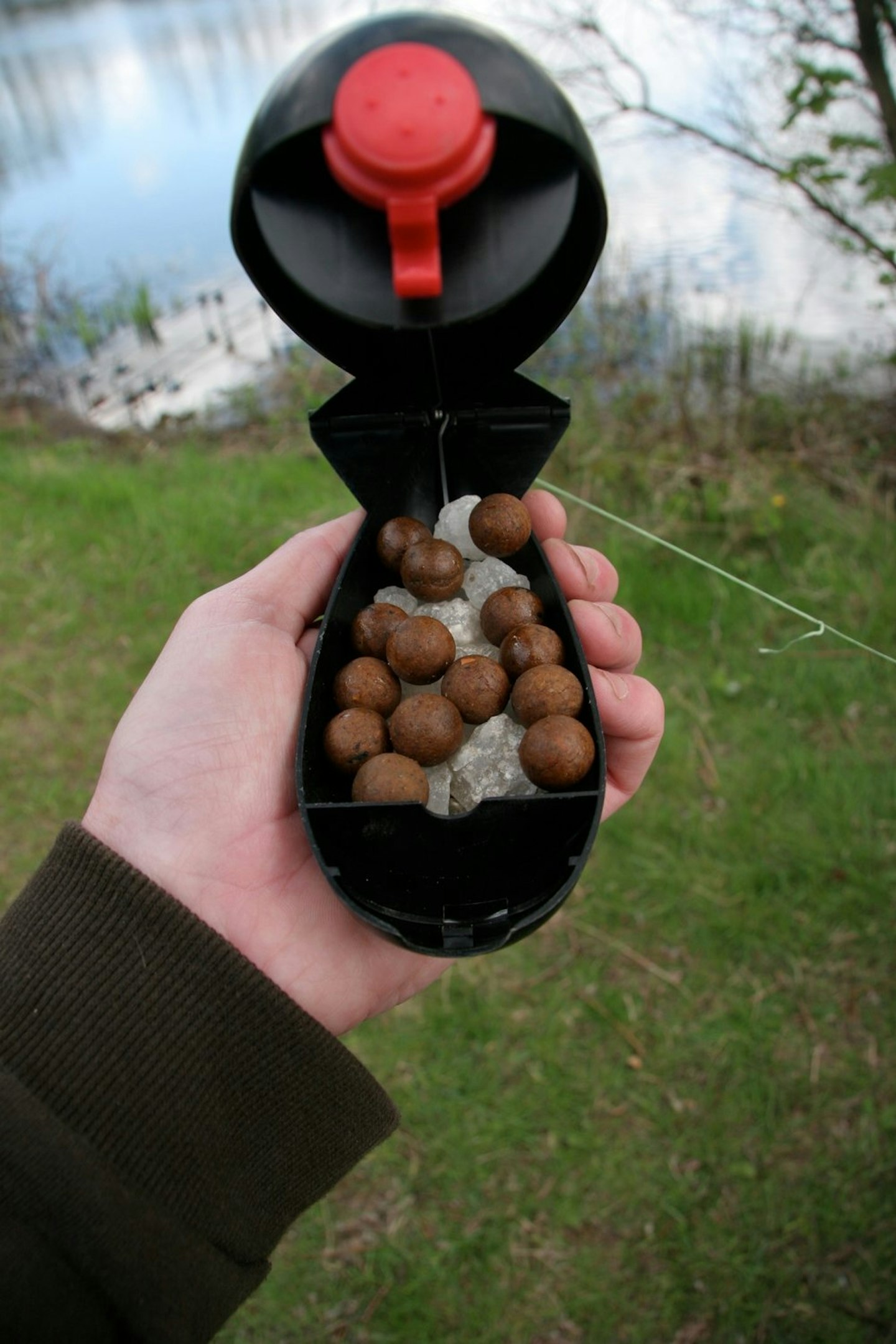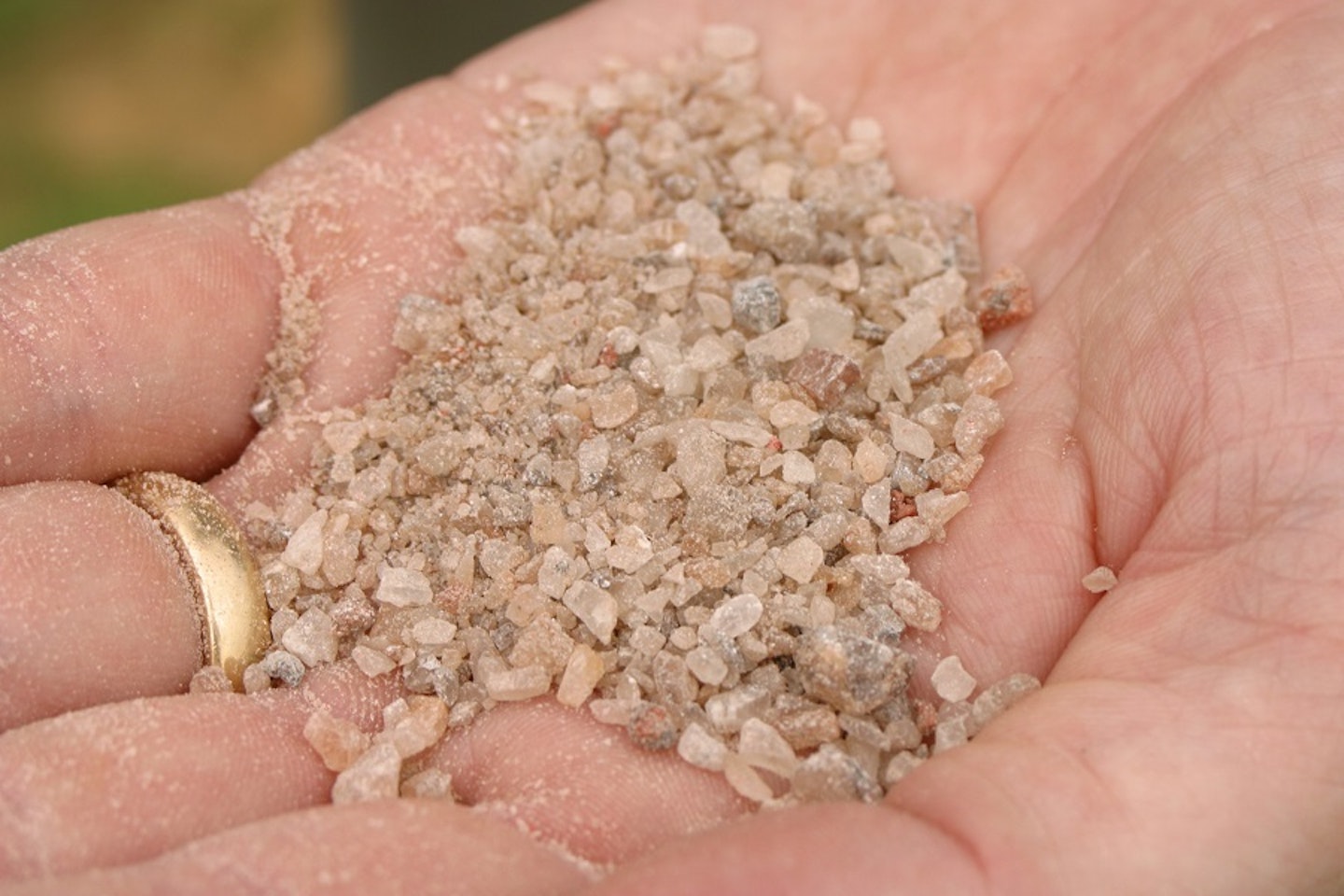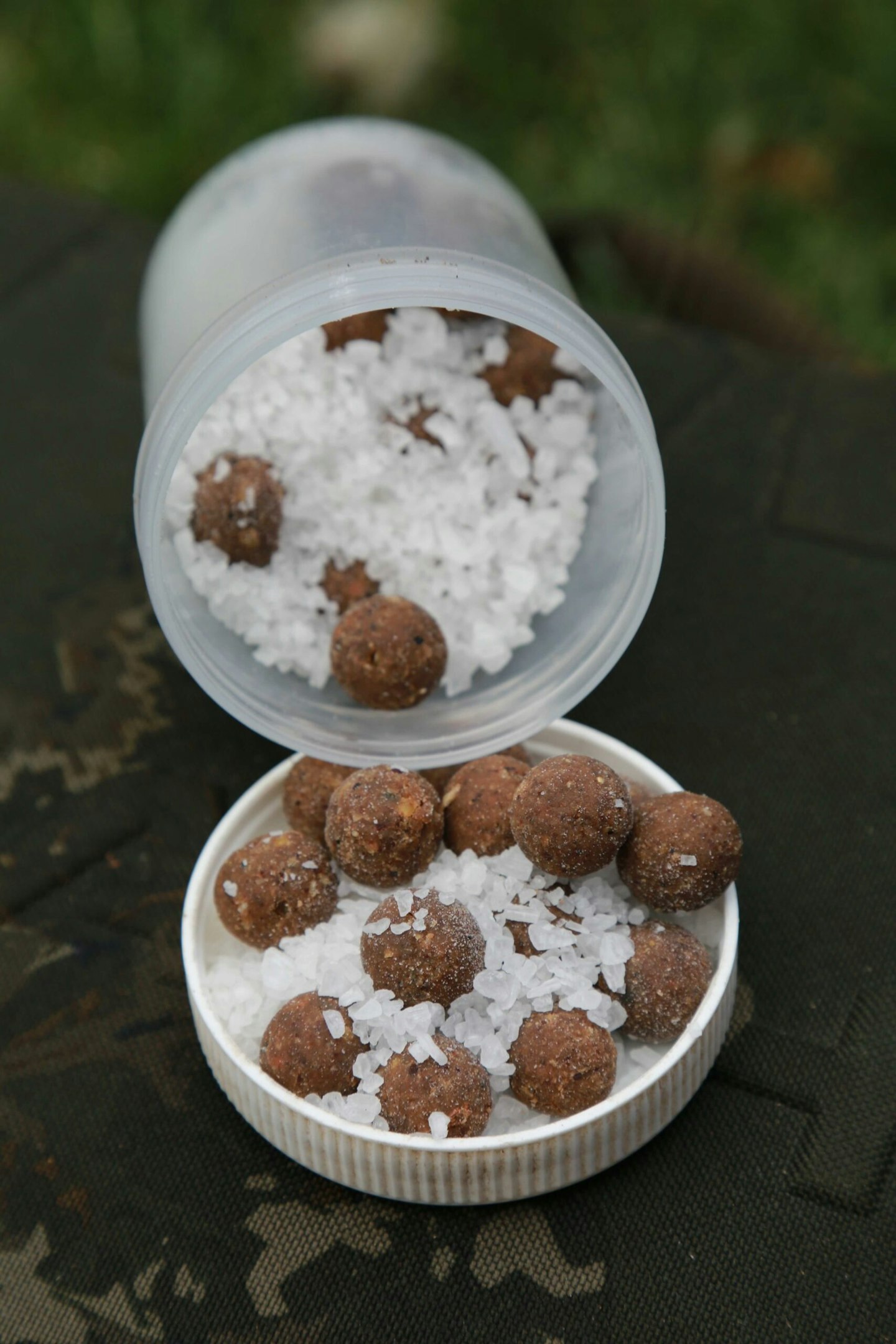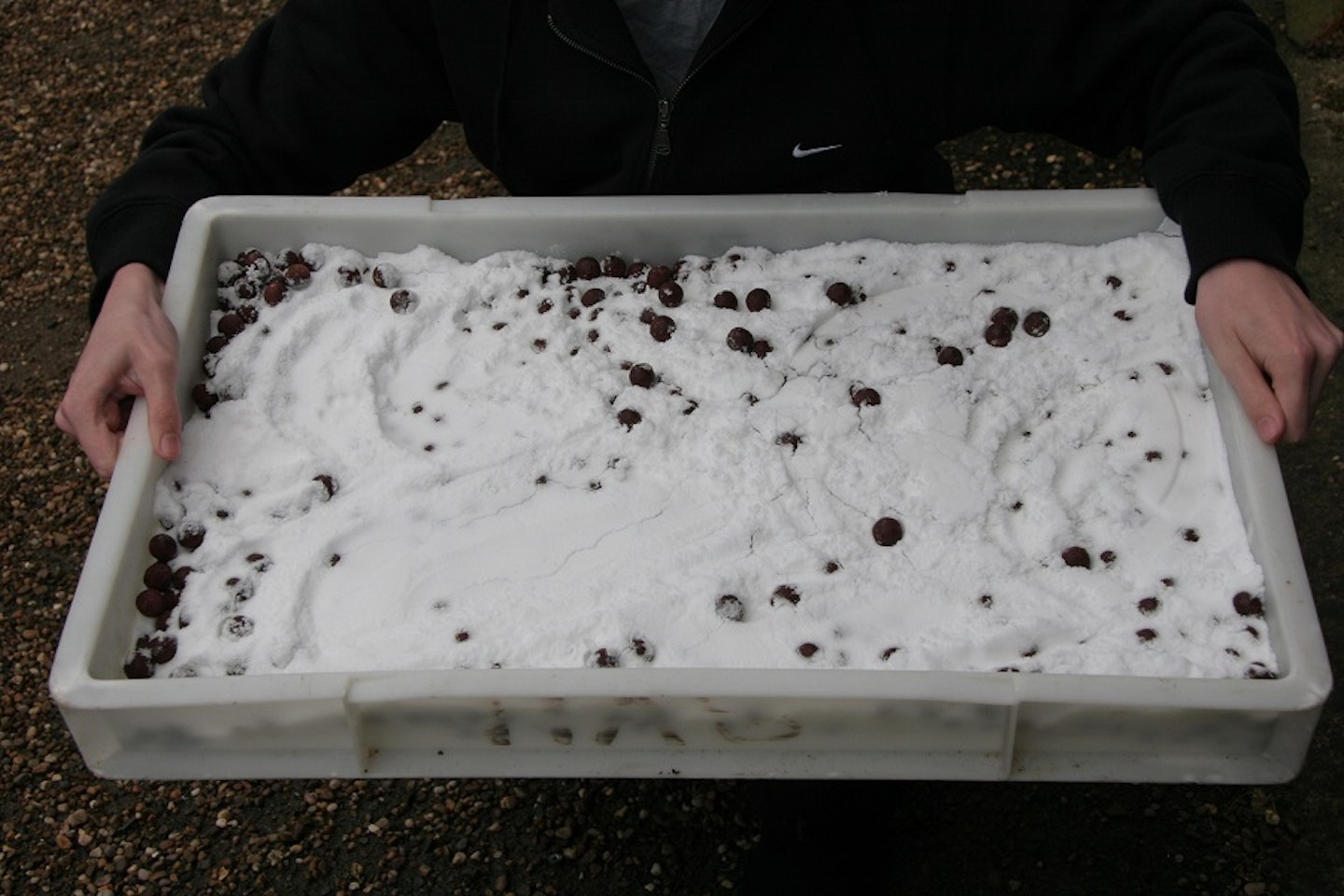Many years ago now, I wrote about the use of salt in my fishing. I can clearly remember giving a slide show for the East Midlands Carp Study Group six or seven years ago and a few so-called names being in the audience. I smiled at the time because I swear I could see a few of them taking notes. Not that this bothered me as plagiarism has always been rife in carp fishing.
I see so many references from anglers and bait gurus saying how important salt is to carp, but then not expanding on it. This has even led some carp anglers to actually believe that all salt and its many derivatives are the same and good for carp and, more importantly, a fishing bait edge. Well, I am sorry to burst the salt bubble but the reality is they aren’t.
THERE ARE LOTS OF BAITS THAT CAN BE ENHANCED WITH SALT, OUR BUYERS GUIDE EXPLAINS SOME OF THE BEST.

Rock salt is a classic example of what I am talking about. The general lack of knowledge as to what type to use is scary. It is not the salt used on your fish and chips but still I see guys pouring Saxa table salt and the like into their spod and stick mixes. Those of you out there smiling who use the rock salt from Saxa or supermarket versions need to investigate this product too! In fact, anglers using this are not exempt from getting it wrong either as these products are doctored by bleaching and over-cleaning for the human food market.
YOU WILL ENJOY YOUR TIME ON THE BANK MORE UNDER ONE OF THE BEST FISHING BIVVIES!

The reality is that the rock salt has to be the correct stuff, and as with most bait additives and bait edges, the real secret is knowing which type to get! The rock salt that is simply devastating is the one that is mined in an underlying clay-based soil that includes a chemical within it that carp use for vitality, growth and repair.
That is the type of rock salt I use and ultimately why it has been so successful for me. To give a little clue, the chemical I am referring to is also inherent in blue clay, which in spring is why you see carp rubbing themselves or flashing against it. Again those misinformed will say ‘oh, they are cleaning themselves, or getting ready for spawning’.
USING THE BEST CARP RODS WILL HELP IMPROVE YOUR CARP ANGLING!

I have written often about the need for carp to take on salt. It is simply a closed-vessel fish that comprises of no freshwater. It doesn’t take on the liquid water it lives in until its kidneys or urinary system fails and it becomes dropsical.
Rock salt is the most natural element that you can use to replicate what a carp finds in its own environment. Carp are basically made up of saline and at certain times of the year, generally low-water-temperature times, searching for the minerals becomes paramount.
Again, an oft-missed edge here is that this tactic works well during the colder months and so with this in mind, being able to attract carp in winter suddenly gets easier. Strategically placed rock salt of the correct size and shape will see carp homing in like pigeons. This great edge then gives you the chance to angle for them with my best results having come on firm-bottomed gravel and clear areas.
However, I have found that when individual big fish have been pulled into a spot, small pieces of rock salt, spodded or spombed out have been phenomenal. Bait placed there, particularly a cured bait, is a no brainer and has resulted in many fine fish for me.
USING THE BEST SPODS AND SPOMBS WILL HELP YOU GET THE SALT OUT TO THE MOST FAVOURABLE AREAS.

The last point I will make about salt and rock salt is that the fishing situation you face will be the factor in deciding what you use. Large rocks are vital to bringing carp into your swim from larger areas. Once carp are in your swim and visiting regularly then the small pieces of rock salt are great in moving carp around, rooting the bottom and actively looking. In these circumstances, your hookbait will soon be picked up.
I also have ground down rock salt into a fine powder, which is great for an instant bite, particularly important in match or short-session situations. Here the powder disperses immediately and attracts carp but doesn’t give them what they want.
So, with spring upon us, there is a real opportunity for you to create your own edge with the use of salt. Don’t be put off by those around who would say you are damaging carp’s health, you are not. Salt will do far less harm than some of the oils and boilies I see being used, which, quite frankly, are a real concern. But that article will wait for another day!
FANCY CATCHING A BIG CARP? CHECK OUT OUR WHERE TO FISH GUIDE FOR SOME EXCELLENT VENUES TO TRY.

